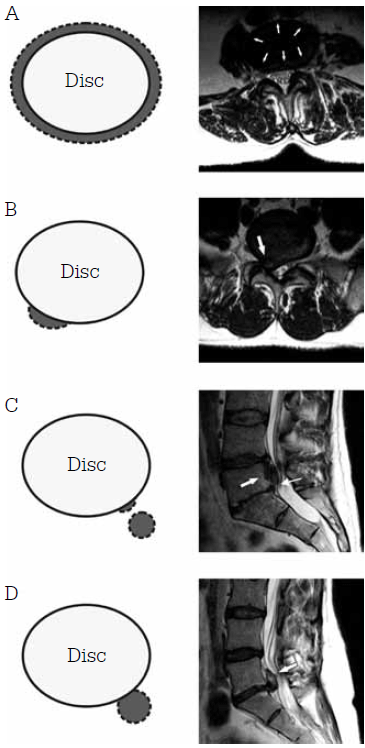


Next, you’ll lie on the scanner table, which slides into the device. After removing all clothing and jewelry, you’ll dress in medical scrubs (top and pants) or a hospital gown. Depending on what parts you are having scanned, you may drink the solution or have it injected into a vein. Sometimes, you will have one scan without the contrast dye followed by an MRI with the dye. Seeing both gives your doctor a complete image of your bone health and if you have infections or tumors on or near your bones.īefore the scan, you may need a contrast agent. Bone disorders: MRIs will show both bones and the soft tissues around them.Liver disease: Damage to the liver from disease or lifestyle, such as cirrhosis, appears on MRIs.Inflammatory bowel conditions: With an MRI scan, doctors can examine bowel conditions marked by inflammation such as ulcerative colitis and Crohn’s disease.Brain problems: An MRI is often used to diagnose multiple sclerosis, stroke, aneurysms and other conditions that originate or affect the brain or spinal cord.These issues include aneurysms, damage from previous heart attacks, artery blockages and other problems with the heart or blood vessels. Blood vessel irregularities: Several types of blood vessel issues can appear on an MRI.Joint abnormalities: Ligament, joint and tendon problems appear clearly on an MRI.Tumors: Other cancerous masses around the body appear on an MRI, allowing for examination of suspicious areas.Breast cancer: Doctors can find breast tumors with an MRI.Doctors use MRIs to diagnose several conditions including: MRI scans are ideal for getting a detailed, in-depth look at your tissues or organs. This imager uses radio waves and strong magnets to create a view of your bones, tissues and organs. MRI stands for magnetic resonance imaging. Discover the differences and how you can prepare yourself for your next scan, whether you need an MRI or a CT. What sets these scans apart is critical in choosing the right one for diagnosis. Find out why your doctor may recommend one over the other and how they differ. MRI and CT scans have several differences, though your doctor uses both for imaging. FAQs | Medical Imaging | Patient Resources


 0 kommentar(er)
0 kommentar(er)
